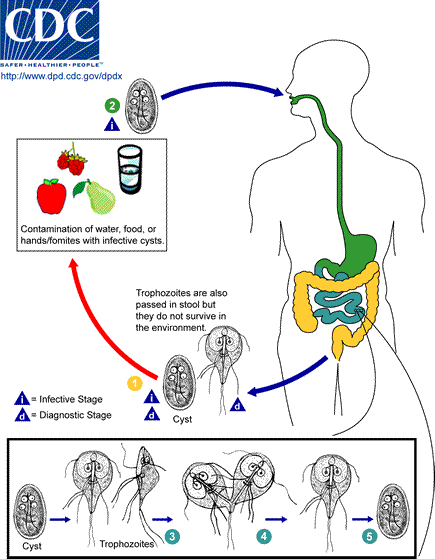|
Furazolidone
Furazolidone is a nitrofuran antibacterial agent and monoamine oxidase inhibitor (MAOI). It is marketed by Roberts Laboratories under the brand name Furoxone and by GlaxoSmithKline as Dependal-M. Medical uses Furazolidone has been used in human and veterinary medicine. It has a broad spectrum of activity being active against * Gram positive ** ''Clostridium perfringens'' ** ''Corynebacterium pyogenes'' ** Streptococci ** Staphylococci * Gram negative ** ''Escherichia coli'' ** ''Salmonella dublin'' ** ''Salmonella typhimurium'' ** ''Shigella'' * Protozoa ** ''Giardia lamblia'' ** ''Eimeria'' species ** ''Histomonas meleagridis'' Use in humans In humans it has been used to treat diarrhoea and enteritis caused by bacteria or protozoan infections, including traveler's diarrhoea, cholera and bacteremic salmonellosis. Use in treating ''Helicobacter pylori'' infections has also been proposed. Furazolidone has also been used for giardiasis (due to ''Giardia lamblia''), amoebiasis an ... [...More Info...] [...Related Items...] OR: [Wikipedia] [Google] [Baidu] |
Giardiasis
Giardiasis is a parasitic disease caused by '' Giardia duodenalis'' (also known as ''G. lamblia'' and ''G. intestinalis''). Infected individuals who experience symptoms (about 10% have no symptoms) may have diarrhea, abdominal pain, and weight loss. Less common symptoms include vomiting and blood in the stool. Symptoms usually begin 1 to 3 weeks after exposure and, without treatment, may last two to six weeks or longer. Giardiasis usually spreads when ''Giardia duodenalis'' cysts within feces contaminate food or water that is later consumed orally. The disease can also spread between people and through other animals. Cysts may survive for nearly three months in cold water. Giardiasis is diagnosed via stool tests. Prevention may be improved through proper hygiene practices. Asymptomatic cases often do not need treatment. When symptoms are present, treatment is typically provided with either tinidazole or metronidazole. Infection may cause a person to become lactose intolerant ... [...More Info...] [...Related Items...] OR: [Wikipedia] [Google] [Baidu] |
